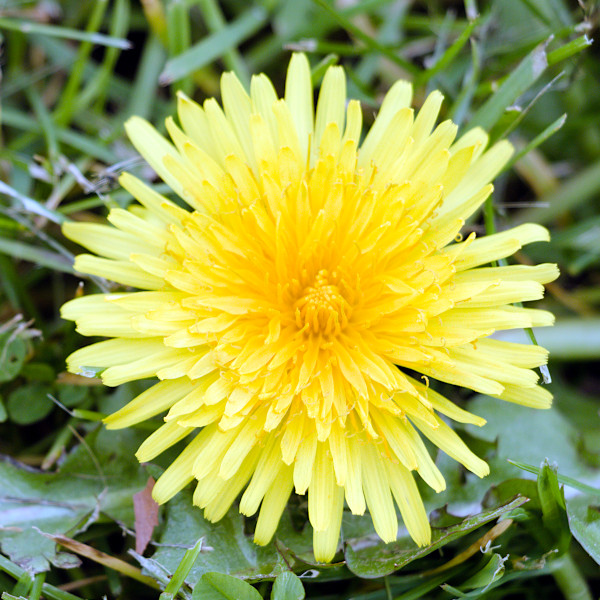
The dandelion might be the bane of some gardeners preparing their lawn as a bowling green, but its bright yellow flowers are usually a cheery sign spring has arrived. They are important to insects as one of the earliest sources of nectar at the end of winter.
But, there is more to this common weed than meets the eye.
Each yellow head is not a single flower but a composite of hundreds of tiny flowers called florets. Each floret eventually develops a single seed with a parachute as part of the characteristic globe-shaped seed head.
The white sap is a latex-like substance which protects the plants, especially the roots, from boring and gnawing insects. The latex is very similar to that found in the rubber plant and varieties of dandelion have been bred as a source of latex for rubber production.
Many people will remember being warned as children not to pick dandelions in fear they might wet the bed. An old name for dandelion was “piss-a-bed”. In France, they are called “piss-en-lit”. There is good reason for this bit of old folklore because all parts of dandelion plants contain a mild diuretic which encourages urination.
In fact, all parts of the plant are edible if a little bitter; the leaves are good in salads and the roots when roasted can be used as a caffeine-free coffee substitute. Dandelion and burdock, root beer and dandelion wine have all been favourite drinks at various times.
So next time you utter an oath to the dandelions in your garden, remember all the other benefits these pretty yellow plants have to offer.